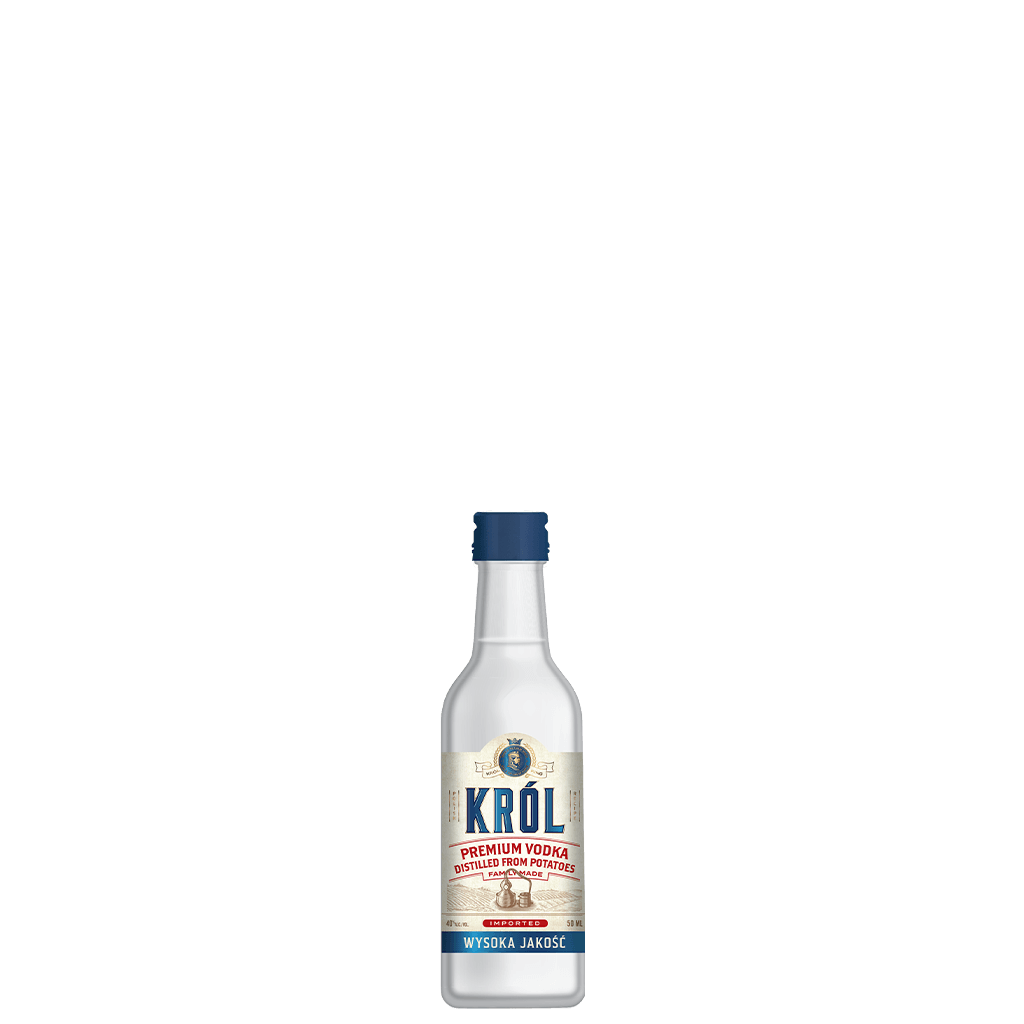Introduction
Vodka, often described as "water of life" in various languages, is one of the most consumed spirits globally. This clear and versatile alcoholic beverage has a rich and diverse history that transcends borders and cultures. In this blog post, we will embark on a historical journey through the origins and development of vodka, exploring key ingredients like grain, potato, corn, rice, wheat, grape, and more.
Grain Vodka: The Slavic Roots
The earliest recorded mentions of vodka date back to Eastern Europe, particularly Russia and Poland, in the 8th century. Grain-based vodka, often made from ingredients like wheat, rye, or barley, has deep Slavic roots. Initially, vodka was used for medicinal and spiritual purposes and was far from the refined spirit we know today. Over the centuries, advancements in distillation techniques improved the quality and taste of grain vodka, establishing it as a symbol of Russian and Eastern European culture.
Potato Vodka: Polish Innovation
Around the 18th century, Poland led the way in pioneering potato vodka, a significant departure from grain-based production. Potatoes were an excellent choice for areas with limited access to grains, and they contributed a unique flavor profile and smooth texture to the spirit. Potato vodka gained popularity but eventually took a backseat due to concerns about potato crop failures.
Corn Vodka: The American Dream
Corn vodka, primarily produced in North America, is a relatively recent addition to the vodka family. The United States' abundance of corn made it a cost-effective choice for crafting vodka. This variant gained popularity in the 20th century and is known for its smoothness and affordability. Corn vodka has become a prominent player in the global vodka market, recognized for its neutrality.
Rice Vodka: An Eastern Legacy
Rice vodka, known as "shochu" or "soju" in various Asian cultures, boasts a history spanning thousands of years. Originating in East Asia, particularly China and Korea, rice vodka was traditionally made by fermenting rice, barley, or other grains. It features a lower alcohol content compared to Western vodkas and is often enjoyed neat or with various flavorings. Today, rice vodka remains a cherished spirit in Asia, cherished for its cultural significance and versatility.
Wheat Vodka: European Elegance
Wheat vodka, appreciated for its smooth and subtle flavor profile, is often produced in regions like France and Sweden. Wheat vodka gained popularity for its exceptional purity and clarity. Brands like Grey Goose and Absolut have made a name for themselves using wheat as their primary ingredient, showcasing the elegance and finesse that wheat vodka can offer.
Grape Vodka: A Touch of Luxury
Grape vodka, sometimes known as "grappa" or "grape brandy," is crafted from fermented grape juice, skins, and pulp. This variant embodies the sophistication and luxury often associated with wine. Grape vodka has a rich history in regions famous for winemaking, such as France and Italy. It offers a distinctive fruity and grape-forward flavor, making it a favored choice for connoisseurs seeking a unique experience.
Conclusion
Vodka, with its diverse origins and ingredients, encapsulates the essence of human creativity and adaptability. Whether crafted from grains, potatoes, corn, rice, wheat, or grapes, each type of vodka tells a unique story rooted in history, tradition, and cultural influences. As vodka continues to evolve and adapt to modern tastes, it remains a spirit celebrated for its versatility, purity, and ability to connect people across the globe. The next time you savor a glass of vodka, consider the centuries of history and craftsmanship that have shaped this beloved and ever-evolving spirit. Cheers!





